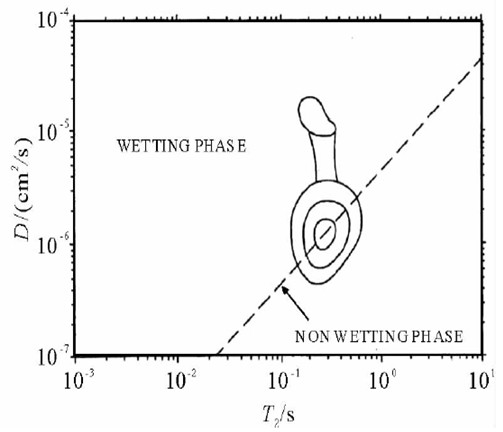Time domain nuclear magnetism (TD-NMR) is different from conventional frequency domain analysis. The term “time domain” is embodied in that it mainly uses relaxation time or time domain signals (chemical shifts in the non-frequency domain) for detection and analysis. Low-field NMR (generally Bo<0.5T) is the most fundamental analysis method. The application range of TD-NMR covers all walks of life, and has a wide range of applications in energy geology, food chemistry (such as solid fat composition and oilseed analysis), polymers, and medical pharmacy (such as obesity research, contrast agents, etc.).
The most used sequence in time domain NMR is CPMG, which has strong immunity (P180 is not allowed! It does not matter if the magnetic field is not uniform! It does not matter if the signal-to-noise ratio is poor!), it is very robust in T2 measurement It belongs to a single excitation sequence, and the test time is very fast. Repeated scanning measurement (usually a few seconds to ten seconds) can get thousands of echoes. It is used in oil logging (wellbore test conditions). Exclusive grace in China.
In addition to CPMG sequence, TD-NMR also has basic FID sequence, IR sequence, STE sequence and PFG sequence. These are the “bases” for the advanced sequence of two-dimensional spectra to be introduced today (like the bases in linear algebra, space coordinates and space vectors can be combined from the bases), which form IR-CPMG, SR-CPMG, IR-FID, PFG- Advanced sequences such as CPMG, STE-CPMG, APGSTE-CPMG, etc. can be seen in many top publications. They are already as important as CT and SEM inspection techniques in the field of petroleum physics (petrophysics).
Two-dimensional spectrum appeared in frequency domain nuclear magnetic field for a long time but appeared later in time domain. About 2001-2002, Song et al., a nuclear magnetic expert of Schlumberger-Doll Research Center, proposed the time-domain two-dimensional spectrum. Concept, application of data compression technology (Data Compression) and inverse Laplace transform (ILT), successfully launched the T1T2 two-dimensional spectrum, DT2 also emerged in the same year on the basis of the solid research foundation of the heterogeneous field diffusion research expert Hürlimann. . Subsequently, various two-dimensional spectrum technologies have sprung up (Gin-T2, DD, T2-T2, T1-T2* etc.), among which T1T2 and T2D have been commercialized in nuclear magnetic logging (T2D: oil-water saturation calculation, T1T2: Evaluation of hydrocarbon generation potential of unconventional oil reservoirs)
 NIUMAG
NIUMAG